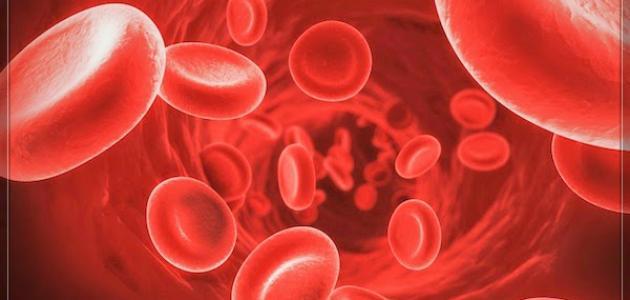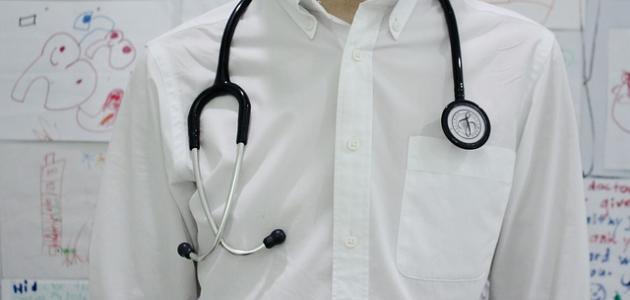Anesthesia and anesthesia
Anesthesia is medically known as an anesthetic drug (in English: Anesthetic), and anesthesia aims to provide comprehensive care for patients before, during, and after surgery or childbirth, in addition to providing care for patients with critical conditions, and treating acute and chronic pain. Advancements in the practice of anesthesiology have led to it being considered a very safe procedure. Where the risk of a healthy person dying due to anesthesia is one in 200 people. Anesthesia is used for a wide range of procedures, ranging from highly invasive surgeries, such as open-heart surgery, to simple procedures such as tooth extractions.
How ping works
The exact way in which anesthesia works is not known, but it is thought to work by altering the activity of transmembrane proteins in the nerve membrane. It is worth noting that anesthetic drugs affect a large number of chemical compounds in the brain, causing sedation, memory loss, and immobility. Anesthetics affect many areas of the central nervous system, such as: the cerebral cortex; It is the outer layer of the brain, which controls tasks related to memory, attention, perception, and many other functions. Narcotic drugs also affect the thalamus (in English: Thalamus), which controls the transfer of information from the five senses to the cerebral cortex and works to regulate sleep, wakefulness, and awareness. Other areas of the brain affected by anesthesia include the reticular activating system, which plays an important role in regulating sleep-wake cycles, and the spinal cord, which transmits information from the brain to the body and back, and it also houses circuits. that control reflexes and other motor patterns. The neurotransmitters and receptors that anesthesia affects include the following:
Read also:What are the causes of tongue swallowing?- N-Methyl-D-Aspartate Receptors: (in English: N-Methyl-D-aspartic acid (NMDA), this receptor plays an important role in communication between nerve cells, and it also has a role in regulating memory work.
- 5-Hydroxytryptamine receptors: 5-Hydroxytryptamine (5-HT) receptors These receptors play a role in controlling the release of a number of neurotransmitters and other hormones, and are normally activated by the neurotransmitter serotonin.
- Glycine receptors: (in English: Glycine receptor) Glycine acts as a neurotransmitter, and has a number of roles, including improving sleep quality.
Types of anesthesia
There are many types of anesthesia and anesthesia, including the following:
- Local anesthesia: (in English: Local anesthesia), local anesthetics are usually given in the form of an injection, spray, or ointment, to numb a specific small area of the body such as: the foot, the hand, or a patch of skin. It is worth noting that this type of anesthesia does not cause loss of consciousness, but the patient remains awake or sedated, depending on the required procedure, and the effect of local anesthesia lasts for a short period of time, and it is often used in procedures for non-hypnotic patients in the hospital, as is the case when it comes Patients undergo surgery and go home the same day. Also, this type of anesthesia is widely used by dentists or dermatologists.
- regional anesthesia (in English: regional anesthesia), this type of anesthesia is done by injecting the anesthetic drug near a group of nerves, causing anesthesia of a larger area of the body as is the case with anesthesia below the waist after the anesthesia is given in the epidural area for women in labor. Generally local anesthesia may be used to increase a person's comfort during and after surgery, and regional and general anesthesia may often be combined.
- General anesthesia: (in English: General anesthesia), this type of anesthesia causes complete loss of consciousness during the operation, with no awareness or memory of the events of the operation. General anesthesia can be given through an intravenous needle, usually in the arm, or by inhaling gases or vapors by inhaling anesthetic medication through a mask or tube. It is worth noting that the anesthesia given intravenously acts more quickly compared to gas, and it also disappears quickly from the body, allowing patients to return to their homes after surgery. As for the anesthesia given by inhalation, it takes a longer period for the patient to recover.
Anesthesia side effects
The side effects of anesthesia depend on the type of anesthesia method, and can be summarized as follows:
Read also:What is the best treatment for a crack- Side effects of local anesthesia: Side effects after this type of anesthesia are less common compared to general anesthesia. In many cases, side effects may not occur after this type of anesthesia, but some patients may experience itching or pain at the injection site.
- Side effects of general anesthesia: The side effects of general anesthesia are divided into common, and others that are rare but dangerous, as follows:
- Common side effects: Common side effects of general anesthesia include:
- Nausea and vomiting: Nausea and vomiting are very common side effects that occur during the first few hours or days after surgery.
- Sore throat: A sore throat is caused by a tube that is placed in the throat to aid breathing while unconscious.
- Postoperative delirium: The patient may feel disoriented when regaining consciousness after surgery, and may have problems remembering or concentrating.
- Muscle pain: Medications used to relax muscles during tube insertion can cause muscle soreness.
- Chills and hypothermia: This effect occurs in approximately half of patients who regain consciousness after surgery.
- Itching, dry mouth, and hoarseness.
- Rare and serious side effects: These include:
- Postoperative delirium or cognitive impairment: Confusion and memory loss may last longer than a few hours or days in some cases, a condition known as postoperative cognitive impairment, and this condition may cause long-term problems with memory and learning in some patients, and this condition is considered It is more common in the elderly and those with heart disease, especially congestive heart failure, Parkinson's disease, or Alzheimer's disease.
- Malignant hyperthermia: a serious medical condition characterized by a rapid rise in temperature.
- Common side effects: Common side effects of general anesthesia include:
Evaluation before anesthesia
The patient should be fully and comprehensively evaluated before anesthesia is administered. A complete and comprehensive evaluation of patients prior to anesthesia includes making sure of the following:
Read also:What are the causes of cold extremities?- Reactions to previous anesthesia.
- The sensitivity of the patient to anything.
- The herbal supplements that Al-Lameh is currently taking.
- All medications the patient is currently using, whether they require a prescription or not.
- Some lifestyle practices such as: smoking cigarettes, drinking alcohol, and taking drugs.









